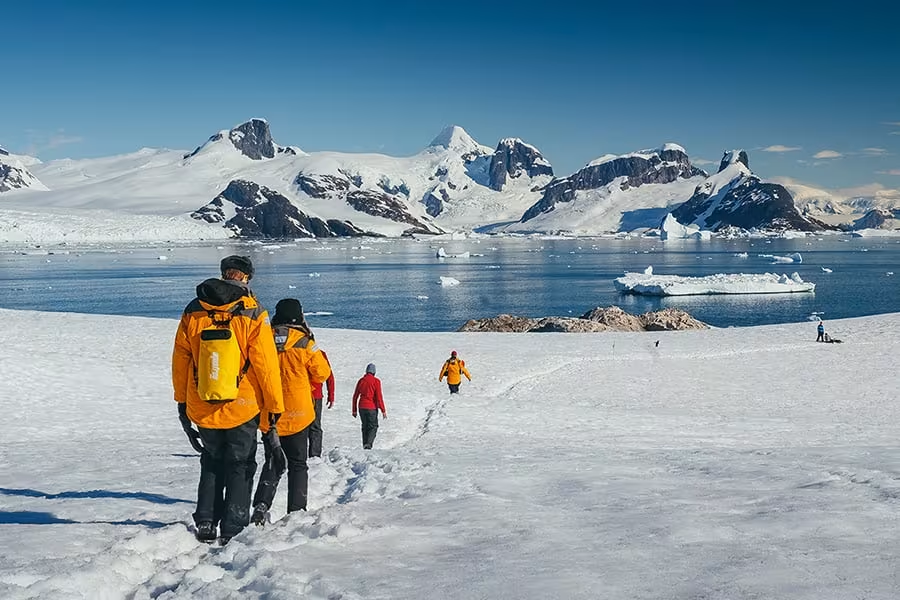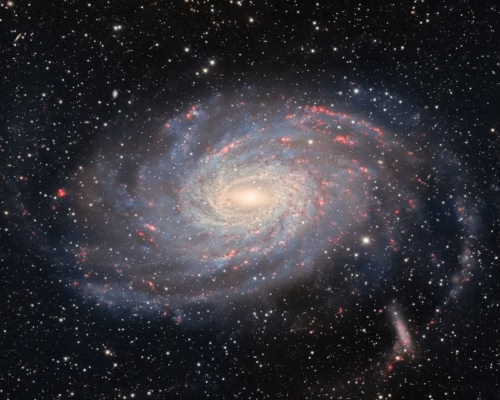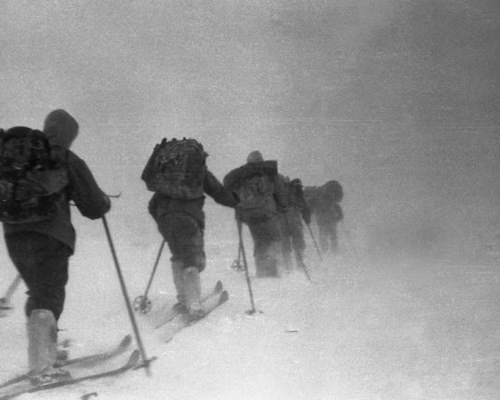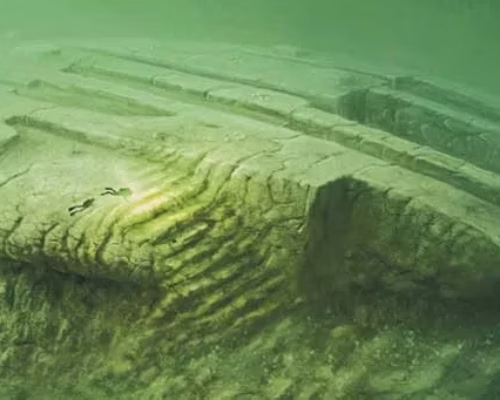At the bottom of our planet lies a frozen, untouched world — Antarctica, a land of shimmering ice, howling winds, and deadly cold. It’s the most mysterious continent on Earth, larger than Europe and covered in over a mile of solid ice. Despite its size, almost no one lives there permanently, and few people ever set foot on it. For many explorers, scientists, and adventurers, Antarctica represents the ultimate frontier. But even with modern technology, getting there is one of the toughest challenges on the planet.
So, why is it almost impossible to reach Antarctica? The answer lies in a combination of geography, weather, danger, and strict international rules — all of which combine to make the frozen continent one of the least accessible places on Earth.
1. Geography: The Edge of the World
Antarctica sits at the very bottom of the globe, surrounded by the vast and stormy Southern Ocean. Unlike the Arctic, which is an ocean covered by ice, Antarctica is an actual landmass — a giant frozen continent surrounded by thousands of miles of frigid water.
Simply put, there’s no easy way to get there. The nearest continental landmasses — South America, Africa, and Australia — are all over 1,000 kilometers (620 miles) away from its icy shores. Most journeys start from Ushuaia, Argentina, the southernmost city in the world. From there, travelers must cross the Drake Passage, a stretch of ocean notorious for having some of the roughest seas on Earth.
Even in modern times, that crossing can be a terrifying experience. Waves can reach heights of over 40 feet, and storms form rapidly with little warning. Many expedition ships have been forced to turn back or divert routes due to extreme conditions. For early explorers like Ernest Shackleton and Robert Falcon Scott, reaching Antarctica meant risking their lives — and for some, it was a one-way trip.
2. Weather: The Coldest, Harshest Climate on Earth
Even if you somehow make it across the ocean, Antarctica’s weather is enough to stop almost anyone. It’s not just cold — it’s the coldest place on Earth. Temperatures can drop below -80°C (-112°F) in the interior, and even the coasts rarely rise above freezing during summer.
Antarctica’s winds are brutal, too. Known as katabatic winds, they blow down from the icy plateaus at speeds exceeding 200 miles per hour (320 km/h). These winds can knock over vehicles, rip apart tents, and bury entire camps in snow within hours.
But the worst part is the isolation. The continent is so far from the rest of the world that rescue missions are nearly impossible during the long, dark winter months. When the sun sets in May, it doesn’t rise again until August. For half the year, Antarctica is plunged into complete darkness, with temperatures colder than anywhere else on the planet.
Even advanced aircraft can’t land safely in these conditions. Most flights stop entirely between March and October. In other words, if something goes wrong — whether it’s an engine failure or a medical emergency — there’s no one coming to help.
3. Logistics: No Infrastructure, No Roads, No Towns
Unlike other continents, Antarctica has no cities, no roads, and no permanent population. There are only a handful of research stations, occupied by scientists from around the world, and even those are accessible only by plane or icebreaker.
There’s no fuel supply, no hospitals, no hotels — nothing resembling civilization. Everything, from food to heating fuel to building materials, must be imported from other continents. The cost and effort to move supplies through ice-covered seas and blizzards are staggering.
Even modern airplanes need special permission and equipment to land. The runways are made of compacted snow or ice, which can shift or melt without warning. Only a few specialized aircraft, like the LC-130 Hercules fitted with skis, can operate safely there.
For tourists, traveling to Antarctica is even more challenging. There are no commercial flights to the continent. The only way for most people to visit is through expensive expedition cruises, limited in number, and only operate during the Antarctic summer, from November to February.
4. Legal Restrictions: Protected by the Antarctic Treaty
Even if you could physically reach Antarctica, international law might stop you. The Antarctic Treaty, signed in 1959 by over 50 countries, protects the continent as a scientific preserve. It bans military activity, nuclear testing, and commercial mining. It also places strict environmental controls on who can visit and what can be done there.
Only authorized scientists, researchers, and approved tour operators are allowed to enter specific areas. Visitors must follow rules regarding waste disposal, wildlife protection, and clothing attire to prevent contamination.
Some regions are so fragile or ecologically vital that they’re entirely off-limits for humans. These laws are crucial for protecting Antarctica’s delicate ecosystem — but they also make reaching it even more difficult.
5. Nature’s Hidden Dangers
Beyond the cold and isolation, Antarctica hides dangers beneath the ice. The continent’s surface is a maze of crevasses, ice cliffs, and unstable glaciers. These cracks can be hundreds of feet deep and often hidden beneath thin layers of snow — invisible until it’s too late.
The sea ice surrounding the continent is equally treacherous. Ships can get trapped or crushed by moving ice sheets, just like Shackleton’s famous Endurance expedition, which was stranded for over a year before being destroyed by the ice.
Even modern icebreakers risk getting stuck. In 2013, the scientific vessel Akademik Shokalskiy became trapped in Antarctic ice for over two weeks, necessitating multiple rescue attempts.
And beneath all that ice lies something even more mysterious — volcanoes, subglacial lakes, and possibly unknown life forms. Some scientists believe that Lake Vostok, buried under two miles of ice, may contain ancient microorganisms that have remained untouched for millions of years. But drilling into it without contamination remains nearly impossible.
6. A Place Meant to Stay Remote
Antarctica’s inaccessibility is part of what makes it so extraordinary. It’s one of the few places left on Earth that remains largely untouched by human hands. Its brutal environment has preserved it from development, industry, and mass tourism.
Reaching Antarctica isn’t just about distance or danger — it’s about confronting a world that doesn’t want to be tamed. It’s a place where nature still reigns supreme, and where survival depends on respect for its power.
Conclusion: The Last True Frontier
Antarctica is more than just a frozen continent — it’s a reminder of our planet’s extremes. Getting there demands courage, technology, and an understanding that no human being truly belongs there.
It’s almost impossible to reach not only because of the storms, ice, and distance, but because Antarctica stands as a symbol of nature’s dominance — a pristine world beyond human control.
In an age when nearly every corner of Earth has been mapped, the fact that one continent still defies us is both humbling and awe-inspiring. Antarctica remains the last true frontier — a world that will always remind us of how small we really are.







